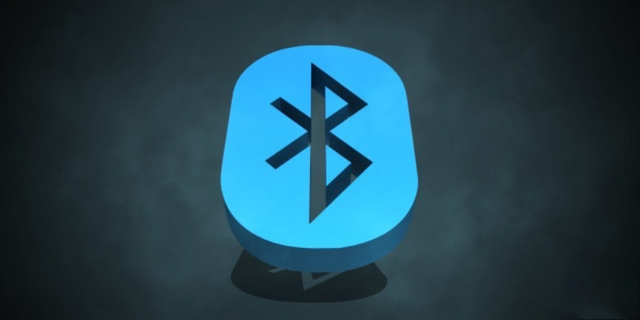
There's no chance that you haven't heard about this word - "Bluetooth". You have it in your phone and you use it whenever you need it whether to connect to your wireless headphones or earphones, or smart devices like Mi band or to Bluetooth speakers. Bluetooth is used in almost all major consumer products, including phones, tablets, laptops, headphones, speakers, TVs, and video game consoles because it can do so many things from playing audio from one source to a speaker to transferring files from one device to another.
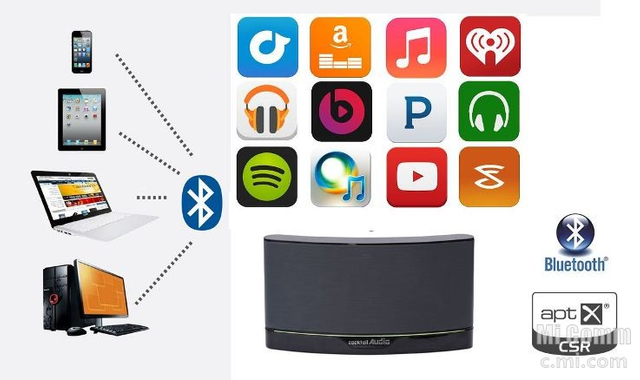
But, Unfortunately, there are still some old-school myths which still persists about Bluetooth. Well, now it's time to burst them! So, let's look at some of the most common myths about Bluetooth.
Myth:
Bluetooth Drains Your Phone's Battery Life.
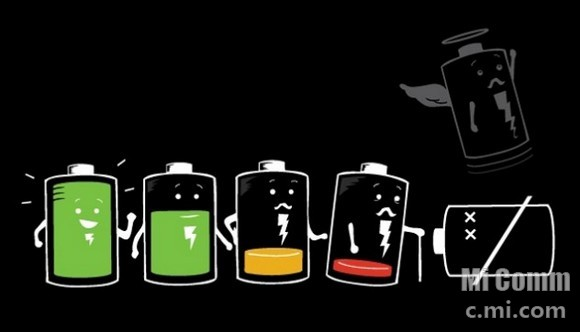
Fact:
Back in the early days of smartphones, yes, keeping your Bluetooth on led to a drop in your battery life. That’s because once your connection was on, it would actively look for devices to pair with at all times.
But that’s a smartphone myth you can now forget. With the new Bluetooth standards starting with version 4 and beyond, we got something called the Low Energy (LE) module. The Bluetooth version 5 also has the same module which reduces the energy usage of Bluetooth peripherals.
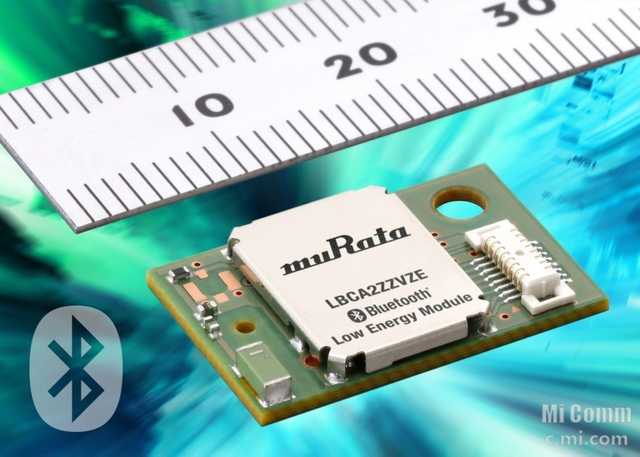
Low Energy modules use different technologies to similarly search for Bluetooth devices in your vicinity without taking up the same amount of power as the earlier versions of Bluetooth.
Similarly, once a connection has been made, an LE device won’t draw substantial power when data is not being transferred. For example, if you have paired your smartphone with a pair of great Bluetooth headphones, it won’t draw power when you aren’t playing a song.
As a result, Bluetooth LE’s overall power consumption has been lowered by half or more. Where the classic Bluetooth would use 1W, Bluetooth LE would use between 0.01 to 0.5W. A massive improvement.
Myth:
Bluetooth Only Works Within A Short Distance.
Fact:
Does your smartphone’s Bluetooth only work across a short range? Probably, yes. But what you may not know is that Bluetooth has three classes, and the operating distance of Bluetooth depends upon which class the device falls into:
➳ Bluetooth Class 3 devices have a range of less than 10 meters.
➳ Bluetooth Class 2 devices have a range of around 10 meters.
➳ Bluetooth Class 1 devices have a range of around 100 meters.

Generally, you’ll only get Bluetooth Class 1 in devices which have their own power source or have a significant power unit, like desktop computers or speakers that require an electrical connection. Most smartphones and tablets use Bluetooth Class 2 or 3.
Yet even then, 10 meters is the theoretical distance that they’re aiming for. Without any interference, like walls, you’ll find that it sometimes extends beyond that.
there’s hardly a difference between Bluetooth and Wi-Fi Direct. If you’ve been using Wi-Fi Direct because of range concerns, you may actually be fine going with Bluetooth instead.
Myth:
Non-Discoverable Bluetooth is Safe.
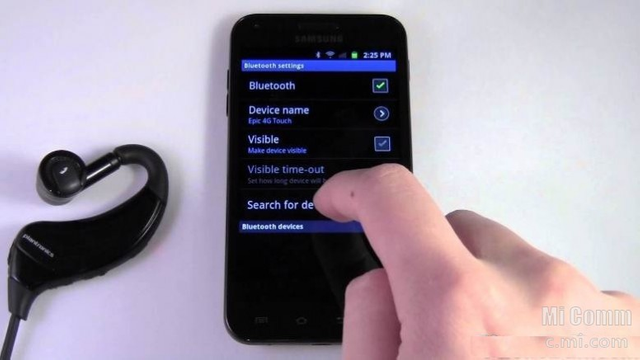
Fact:
Bluetooth technology has never had a great reputation for security, but the more recent versions have plugged a lot of holes and gaps. Chief among these myths is that if you set your device as non-discoverable, then others with malicious intent can’t find it and you’ll be safe. That's not true at all.
The Bluetooth Device Address (BDA) might be hidden in non-discoverable mode, but hackers have gotten wise to that over the years. Scanners and sniffer devices can still find your BDA and infiltrate it even when it’s non-discoverable.

The biggest culprit in this infiltration is the default passwords that are used on most Bluetooth devices: 0000 or 1234. Because of this, almost anyone can connect to your Bluetooth device once they have your address.
So, if you have this password, please change it to to a secure password first.
If you’re really worried about a malware attack through Bluetooth, keep your connection OFF instead of non-discoverable. Bluetooth can’t be infiltrated if it’s off.
Myth:
Bluetooth Interferes With Wi-Fi.
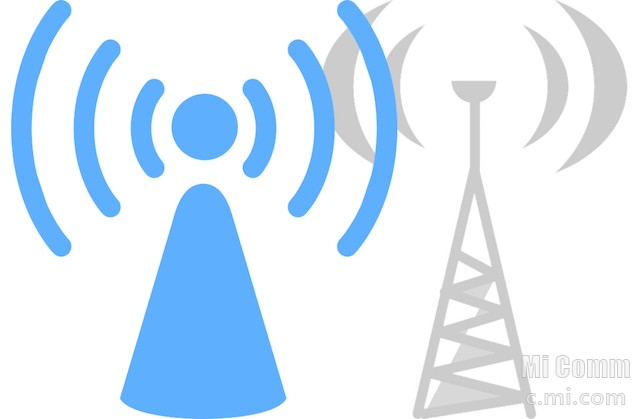
Fact:
Like most other wireless technologies, Bluetooth uses the 2.4 GHz radio frequency to send and receive data. That’s the same frequency used by everything from your Wi-Fi network to your microwave oven.
So naturally, the first thought is that your Bluetooth connection’s stability and speed depends upon what other devices are running in the vicinity and whether they’re broadcasting data on said wireless frequencies.
Well, that's not correct.
Bluetooth uses something called adaptive frequency hopping and this has really improved with Bluetooth 4.0. Let’s break it down to understand what it does exactly.
The 2.4 GHz frequency is a band that goes from 2,400 MHz to 2,483.5 MHz. Bluetooth uses two channels, each monitoring 50% of the band. The signal rapidly “hops” from one free frequency to another, thus ensuring that it won’t get disrupted by other devices trying to use that band.
The end result is that while other wireless connections can seek to use the same frequency that Bluetooth is using, its super-fast adaptive hopping keeps your connection stable without drops in speed.
Myth:
Bluetooth Is Bad For Your Health.
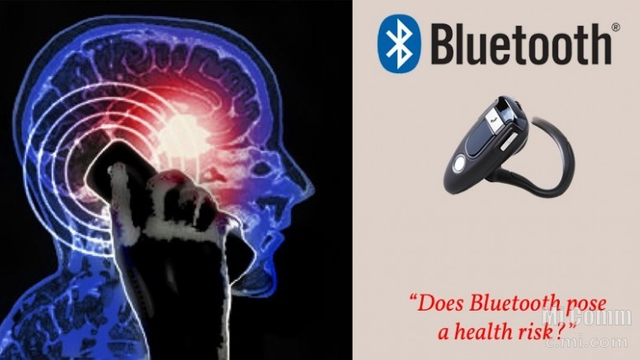
Fact:
I’m sure you have heard this one before, right? You can sleep like a baby knowing that the maximum amount of output Bluetooth has is 100mW of power, but it doesn’t do that very often.
Typically, the Bluetooth devices you use daily emit the only 1mW of power. Compare that to the 1,000mW or even 2,000mW that your phone gives out when it’s using 3G or 4G. You’ll probably be more afraid of your phone than Bluetooth itself from now on.
So no, Bluetooth might not be completely safe, but wearing a Bluetooth headset is better for your exposure to radiation than a smartphone. You obviously can’t escape having a phone with you in this day and age, so if you are a little wary of the radiation consequences, get a Bluetooth headset.
Conclusion:
Well, aside from Bluetooth, there are several other choices for connecting gadgets, like Wi-Fi Direct, NFC yet others. Each one has their very own benefits and drawbacks.
Which one do you use? Do you think Bluetooth is still important in our Smartphones? Let me know your thoughts in the comment section below. See you next week with one more topic with its facts to debunk the common myths about it. Take care!
Hi! I am a robot. I just upvoted you! I found similar content that readers might be interested in:
https://www.makeuseof.com/tag/5-myths-bluetooth-can-safely-ignore-now/
Downvoting a post can decrease pending rewards and make it less visible. Common reasons:
Submit
✅ @ajaym0010, I gave you an upvote on your post! Please give me a follow and I will give you a follow in return and possible future votes!
Thank you in advance!
Downvoting a post can decrease pending rewards and make it less visible. Common reasons:
Submit